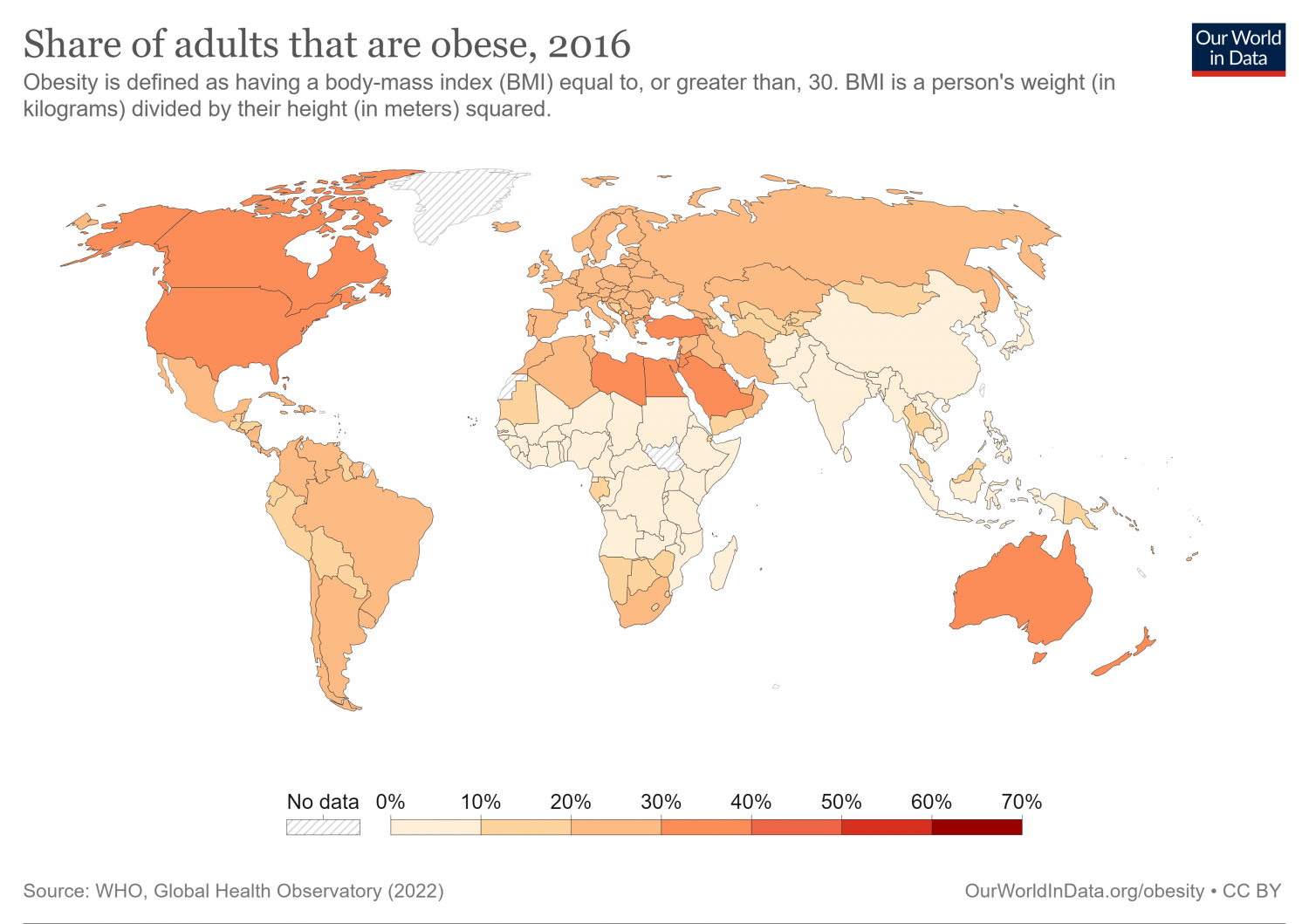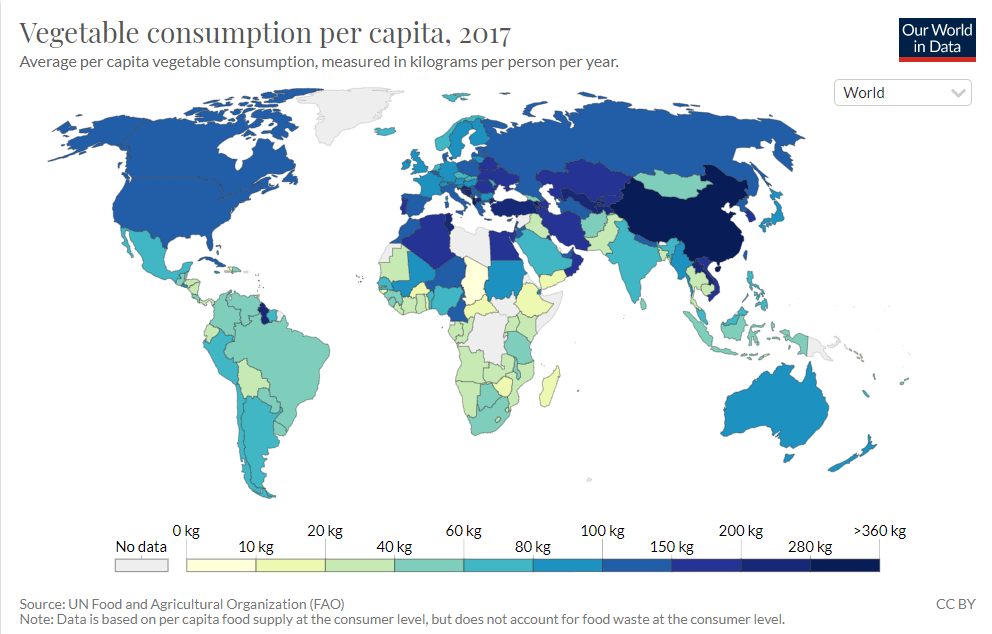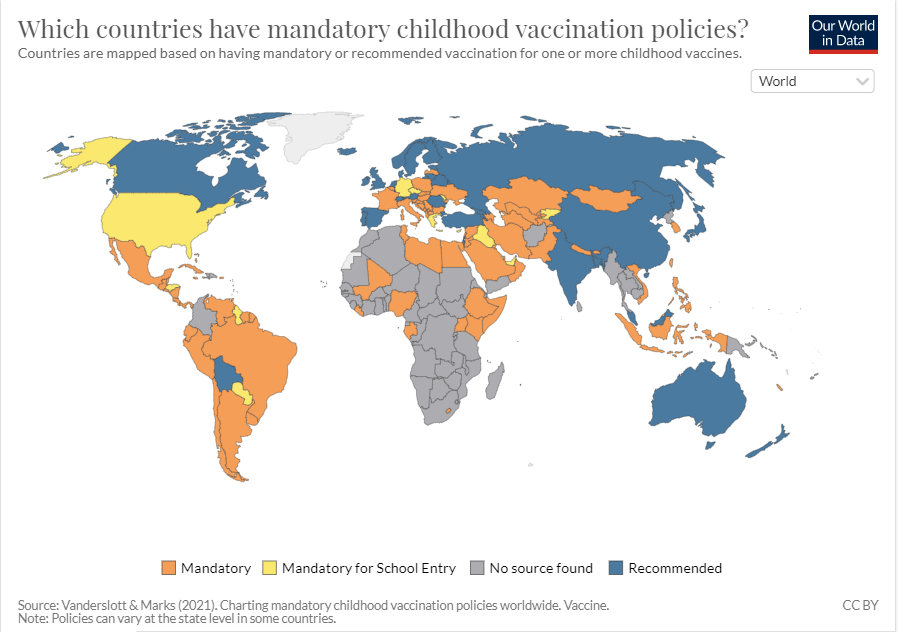Visuals: Alcohol by country
By The English Farm, July 13 2023Different cultures have different relationships with alcohol. For instance, Italians tend to drink a lot of wine but have a very low level of alcoholism, as they usually drink a couple of glasses with lunch and dinner. However, Russians are known for drinking copious amounts of vodka, and nearly 15% of deaths in Russia are related to alcohol consumption.
In the East, South Koreans are known for signing business deals in bars and then drinking each other under the table, while Vietnamese love their Bia Hoi (beer halls), where they spend most of their evenings drinking beer after beer with their friends.




















